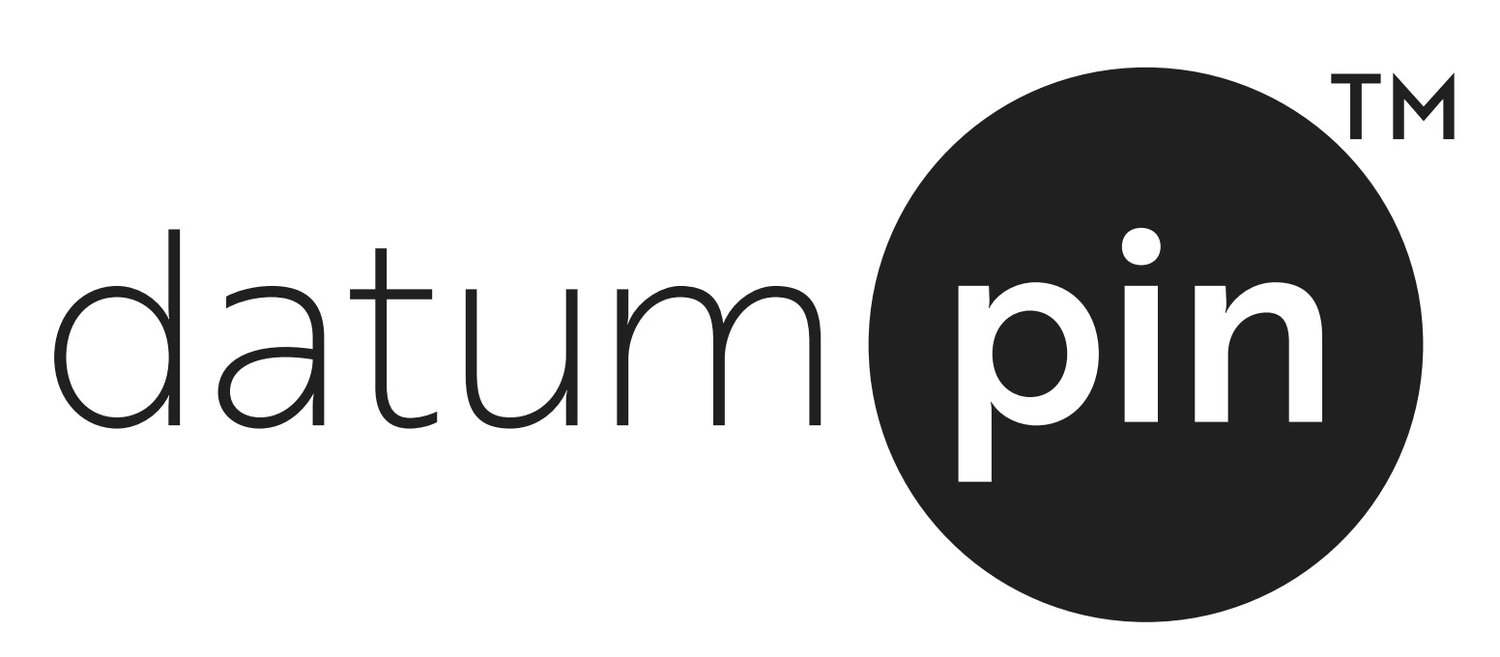Data Analytic Tools Used To Address Water Insecurity At Rio Bravo’s Water Treatment Plant
About the Project
The Rio Bravo-Greeley Union School District (RBGUSD) project involved the creation of a brand new water treatment centre in the heart of California’s agricultural heartland. Almost one million Californians are affected by water insecurity, which is most challenging in rural areas like Rio Bravo - located around 12 miles west of Bakersfield. This is due to nitrate contamination, which poses significant health risks to babies, children and pregnant women.
The project was developed by the State Water Boards, Department of Water Resources and UC Davis with the School supported with funding from Prop 50 - a voter approved initiative designed to address water insecurity in the state of California.
datumpin was thrilled to play a key part in the project, offering our expertise in optimising rural water treatment systems with our data analytics tools and patented PLC software. This is an area where datumpin has experience, having previously provided data solutions to make small-community water treatment assets more resilient in the small town of Dixon (also in California) and using our software monitoring tool to reduce brine waste for Wessex Water.
Challenges & Objectives
The Rio Bravo project posed a number of unique challenges and objectives. The main challenges from the project included:
Addressing nitrate and pesticide contamination: Nitrate contamination is a serious issue in rural communities that lack the supporting eco-systems of operators, equipment suppliers and resources to tackle the issue on their own.
Brine disposal: Brine (wastewater created during the treatment process) disposal created an economic, logistical and environmental challenge.
The primary objectives of the Rio Bravo project were as follows:
Build a water treatment centre: The project's main goal was to create a new water treatment centre that would provide clean drinking water for the local community.
Create a local service ecosystem: In addition to building a treatment centre, it was important to create a local ‘Shared Service Administration’ service ecosystem for robust operations. This includes brine disposal, salt delivery and skills training building local operators and qualified water technical support options.
Simplification of equipment design: reducing complex equipment design was important due to the rural location, meaning that there was limited access to specialist technical support. Simplifying the design makes the treatment plant easier to run while keeping downtime to a minimum and making breakdown recovery more efficient.
The Results
Although the Rio Bravo project involved many challenges, it was deemed a complete success. All parties collaborated to create a new water treatment system that will provide safe and reliable drinking water for the local School faculty of 1,200 students, the teaching staff and onsite residential homes.
datumpin played a key role in providing innovative tech solutions to optimise water treatment equipment and facilitate process optimisation with the use of Edge Computing and asset management software. These tech solutions has ensured that the equipment and the operators that monitor and maintain the equipment are alerted to issues and resolved before they become more complex issues that require external technical support.
In addition to the development of a new water treatment centre using our patented PLC technology, a support infrastructure was built for long-term sustainability. A local skills training program was developed to ensure that the School Facility Director could operate the water treatment centre. As more State funded drinking water treatment centers such as Woodville Public Utility District come online, datumpin cyber secure data networking is already helping to create job opportunities in the San Joaquin Valley. The project has also created interest in the water industry among the students, which can provide job seekers with a stable and lucrative career path with many transferable skills.
The project concluded with a ribbon cutting ceremony with speeches from key figures, a student component and a tour of the brand new water system.
Partners & Stakeholders
UC Davis Affordable Water Treatment Program
State Water Resources Control Board
Department of Water Resources
Rio Bravo-Greeley Union School District
